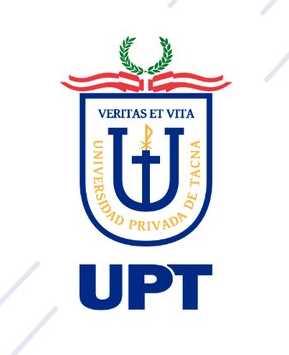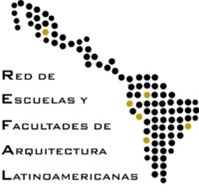Bioclimatic of perforated facades made with indigenous materials and techniques from the colombian pacific
Housing case study in Quibdó-Colombia
DOI:
https://doi.org/10.47796/ra.2020i18.436Keywords:
Tropical architecture, perforated facades, indigenous techniques, Afro-descendant, Pacific culture, palm temperature, Iraqi, banana, bioclimatic, Chocó, QuibdóAbstract
In areas with a humid tropical Colombian climate, the control of temperature and relative humidity is essential to achieve thermal comfort inside the houses, the temperature and relative humidity must be controlled by bioclimatic strategies that include the materiality of the facades used. In this context there are still areas of the humid Colombian tropics that preserve ancestral customs to build their homes adapted to these thermal conditions. This research addressed the study of autochthonous techniques and materials used by the inhabitants of Afro-descendant and indigenous cultures of the Colombian Pacific for the elaboration of their envelopes or enclosures of their houses: The indigenous use fibers from Iraca Carludovica palmata Ruiz & Pav and the Afro-descendant peoples use banana or platanillo fiber Musa Balbisiana Musacea as a sun protection curtain and in both cultures use palm fiber or chonta Iriartea deltoidea Ruiz & Pav.
This research carried out laboratory studies of the thermal behavior, light and noise control of three fibers iraca, platanillo and palma, for which we used a soundproof chamber, a wind tunnel and datalogger-type temperature and relative humidity sensors. In parallel, a study was made of the temperature, relative humidity and natural lighting in a real house built with palm, to corroborate with the data obtained in the laboratory. Finally, a simulation of the temperature, relative humidity and wind flow of the real house was made, which was compared with another simulation of the same house but built with concrete blocks and a zinc roof, using the software of DesingBuilder and the AutoDesk CFD module.
The palm showed the best performance in terms of thermal insulation (2.4 ° C) with respect to the other fibers. The real house in fiber and thatch roof behaves thermally the same as an equal house built in concrete block and zinc roof, but with a value per square meter around 50% cheaper and with a lower carbon footprint, 95% less than the house in concrete block and roof in zinc.









